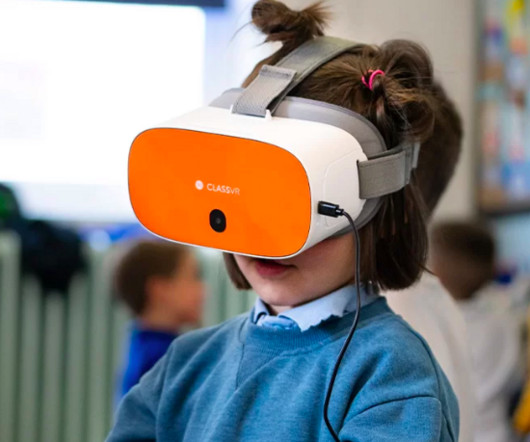Education Technology Trends for 2017: An Interview With Martin McKay.
EdTech4Beginners
JANUARY 25, 2017
Martin also serves in working groups to advise the US Department of Education on the accessibility of education materials, and Universal Design for Learning. What do you think the year ahead has in store in terms of Educational Technology? What benefits do you think it can bring to the classroom?















Let's personalize your content